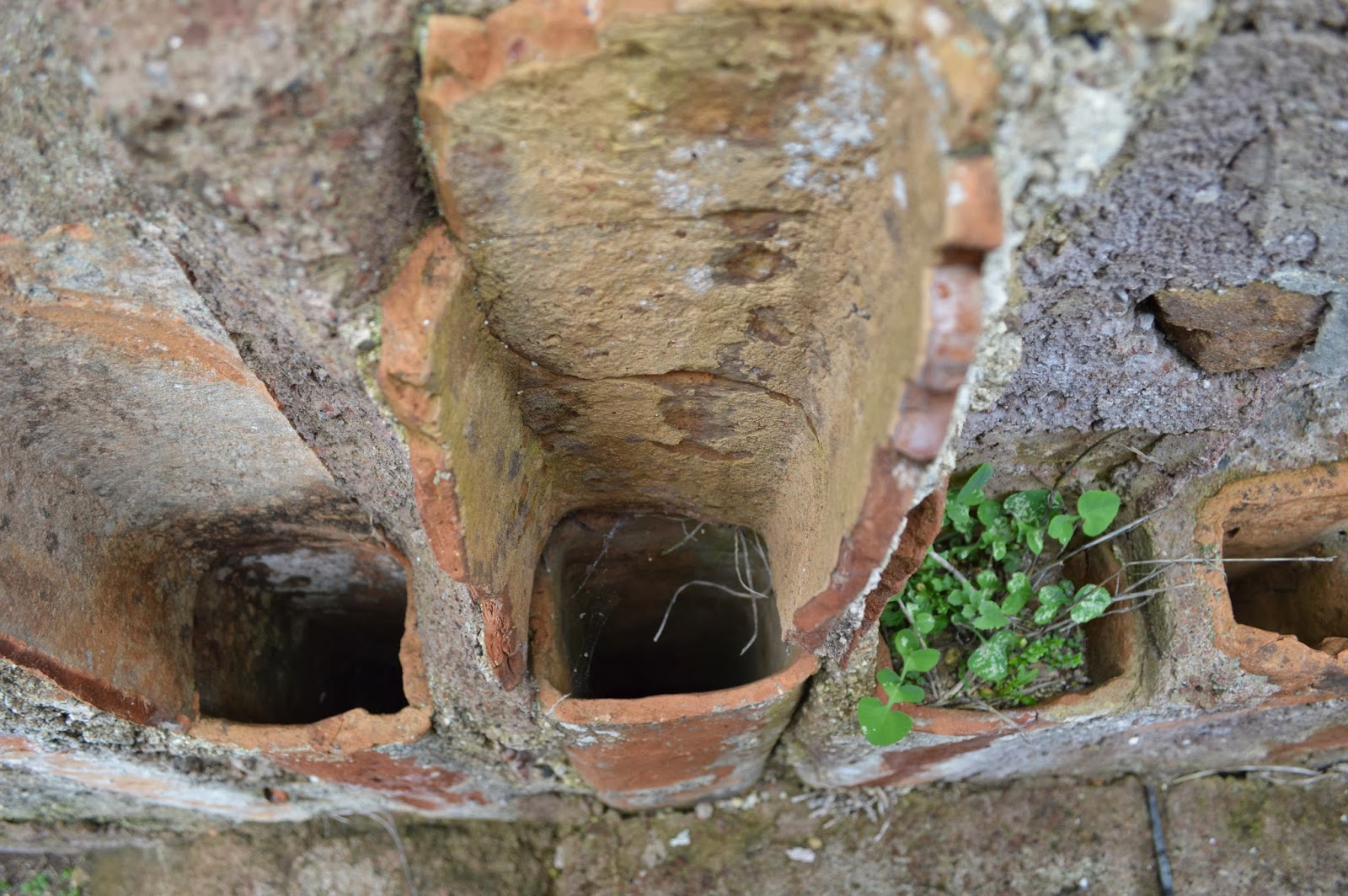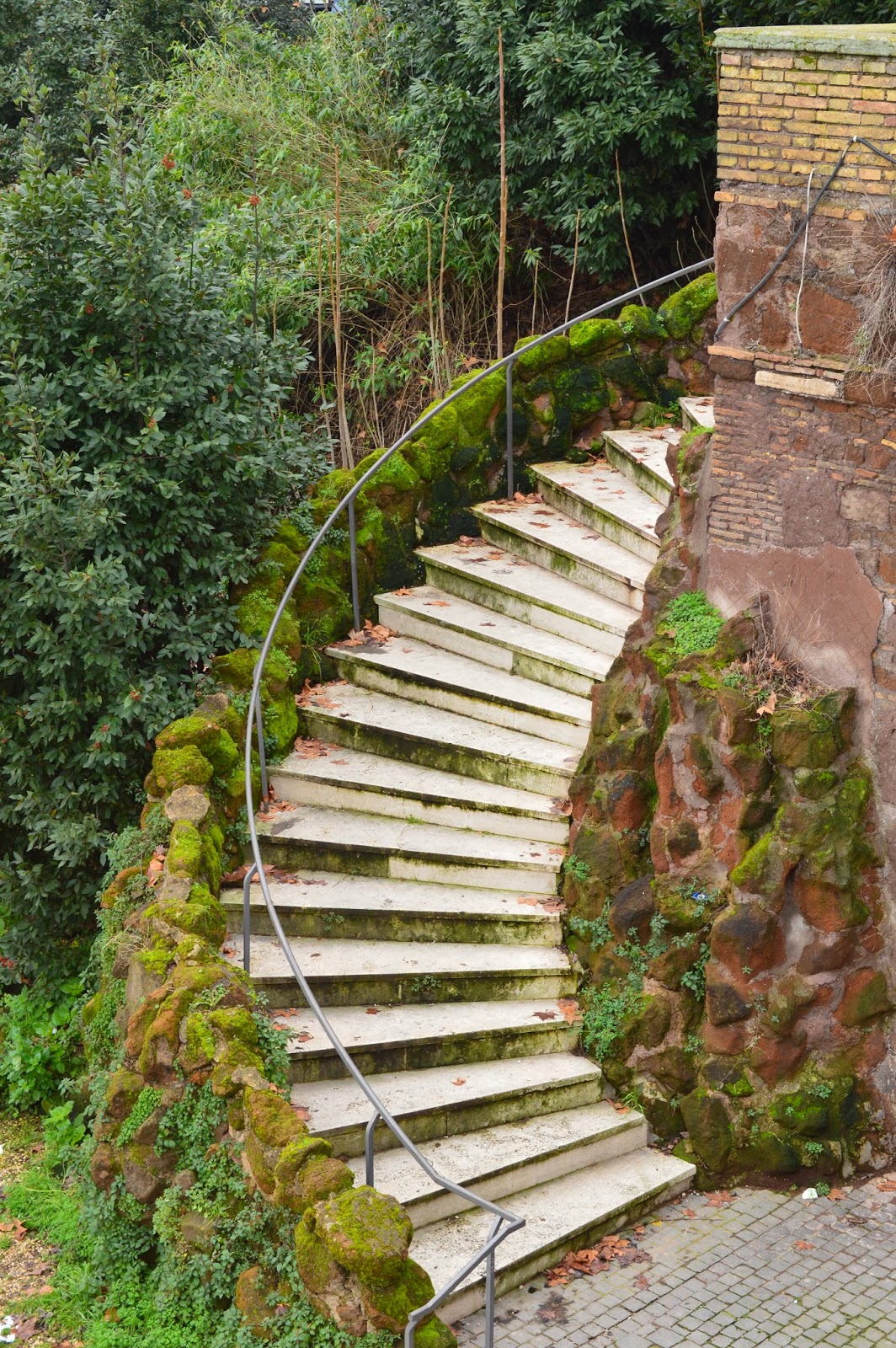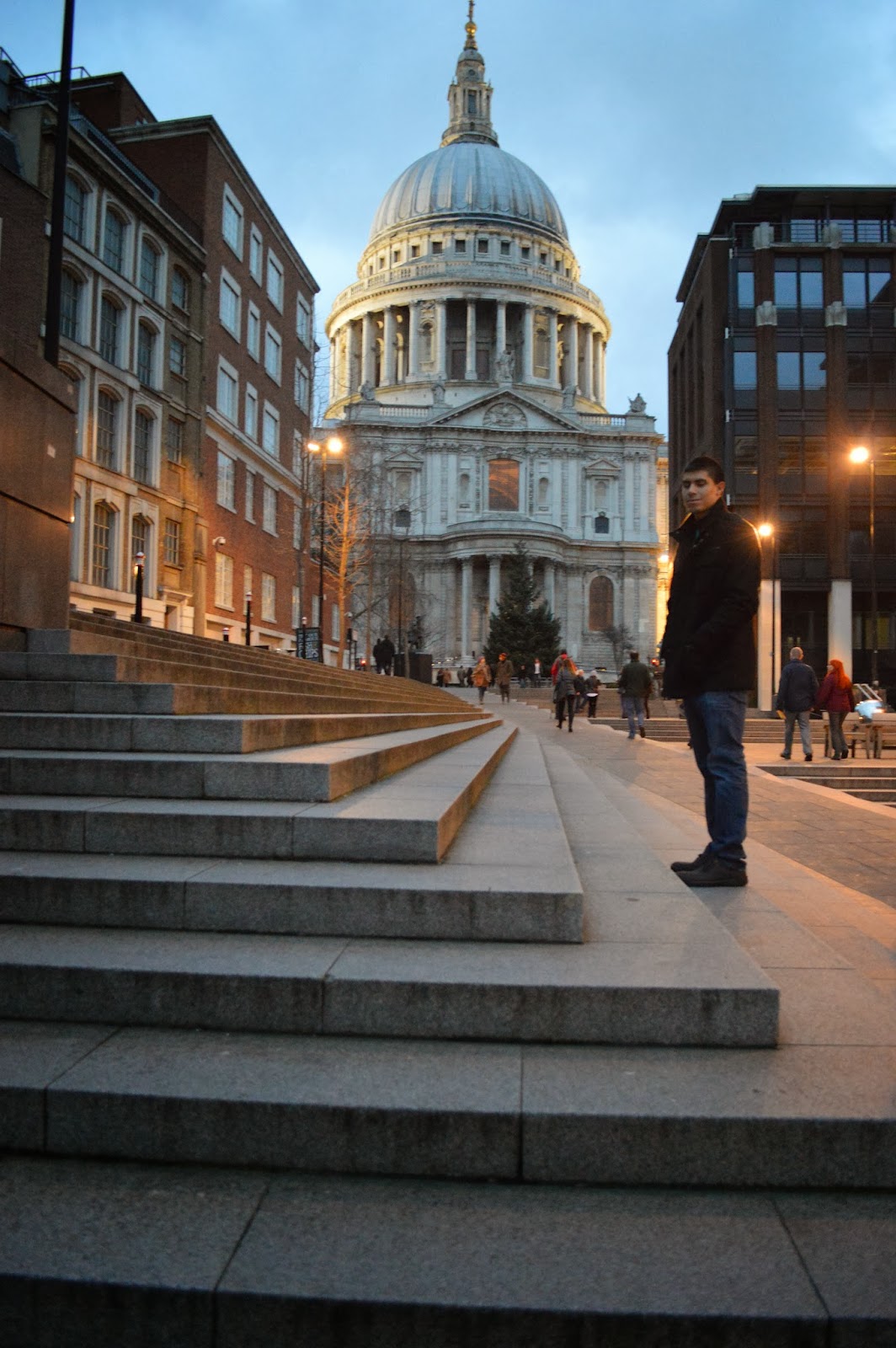There was once a time I thought Emperor Hadrian must have been a real ass for having such a huge villa, because I assumed he built it for himself and his friends. As it turns out, he actually built it as a sort of Camp David for his court and their families so they could govern Rome from afar.
(That is only half of it)
For all the money Hadrian had, he really wasn't interested in getting brown-nosed by all the people in the city of Rome. He actually preferred to be alone, which is why he built the villa, and specifically this area in his villa called the "Maritime Theater." It was his own tiny private island; exactly what every introvert dreams of.
I first saw a lecture on the Maritime Theater during freshman year in college, and I swore that I would stand on the island someday, but much to my dismay, it was fenced off when we got there.
So we jumped over the fence. Carpe Diem.
The designer of the island was really clever because they put Hadrian's private pools on the edge of the island, right next to the moat around the whole thing. When you're standing in the sunken area where the pools once were, your face is about 4" away from the water of the moat. They must have been doing something right, because even a thousand years later, those 4" thick walls still hold back all the water of the moat.
The villa has a huge bath complex, only a tiny bit of which you can see in this photo. The Romans loved baths, and according to my professors, they would go just about every day. The first pool they would go to was the caldarium so the hot water would open their pores and clean out the junk, then they would move on to the tepidarium, and lastly they would visit the frigidarium to close up their pores again before they left. So far I haven't experienced the heat of Rome, but I've heard is very extreme in the summer, which means that the cold pools in the bath were hard to keep cool.
The Romans, being much smarter than many modern designers, took advantage of nature to create a cool zone over the frigidarium and warmer zones over the tepidarium and caldarium. They generally arranged the baths so that the frigidarium was on the more northern wall of the bath, and the caldarium was southern. Above the whole complex there was commonly either one large vault, which allowed cooler northern air to flow into the south-facing side, then sink down over the frigidarium and move gradually upward and across the bath complex toward the caldarium as the temperature of the air increased. Once the hot air reached the most southern side of the complex, it exited out of the south side of the vault, creating a vacuum that sucked in more cool air from the northern side.
The Romans often constructed walls by making two thin "formwork" walls out of brick, then they poured concrete between the two walls of brick. Although it may be more initially expensive than our modern methods with wood formwork for concrete, I think it's more sustainable because the formwork doesn't get thrown out after the concrete cures.
On a less technical note, the feral cats at the villa are so friendly. This one followed us around for a solid hour and a half.
Despite all the impressive domes and baths and mosaics at the villa, this bug was possibly more fascinating than anything else we saw. Nobody has any idea what it is. I guess even Hadrian can't outdo nature.


















































